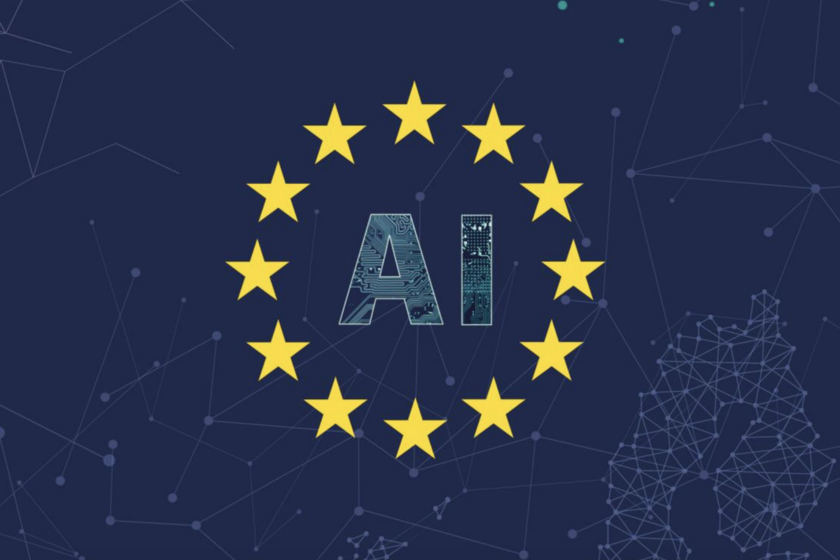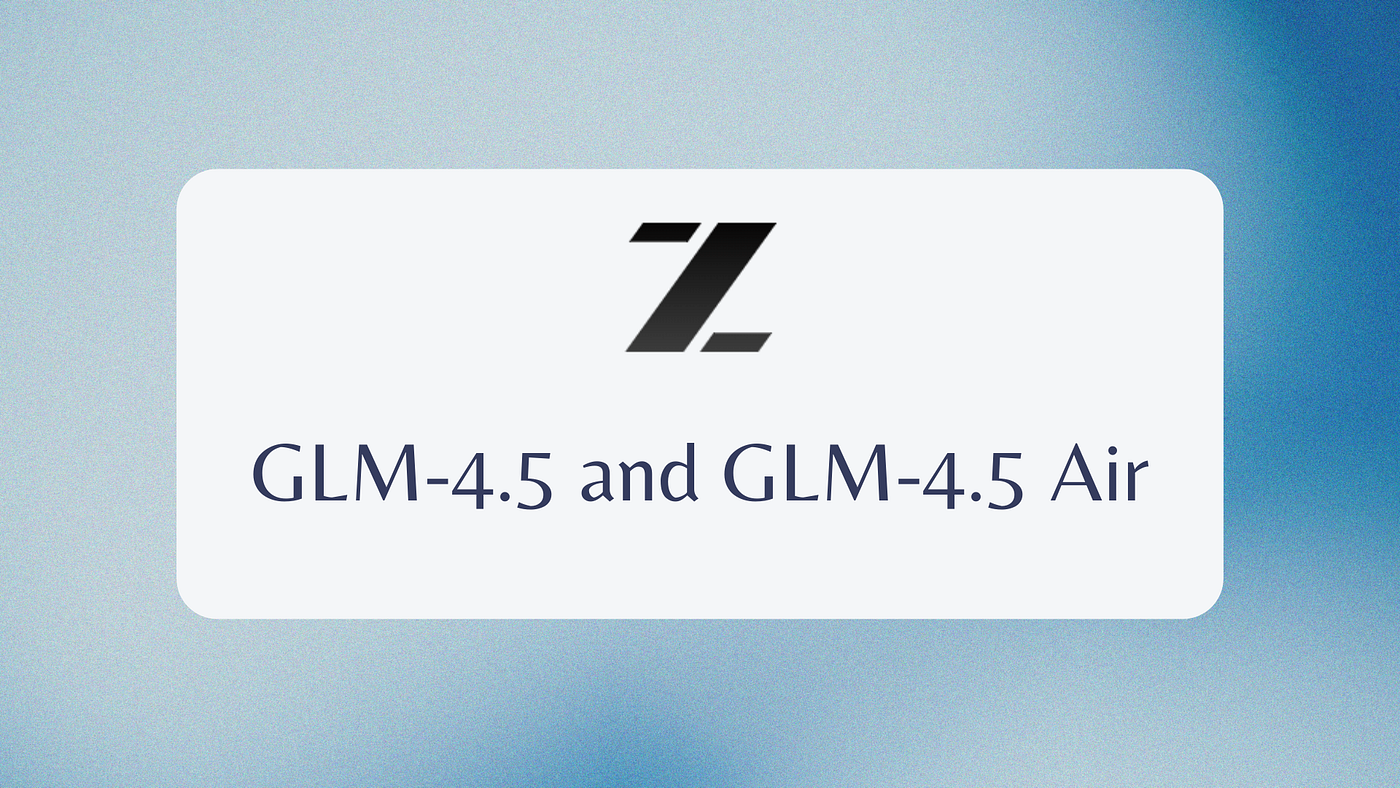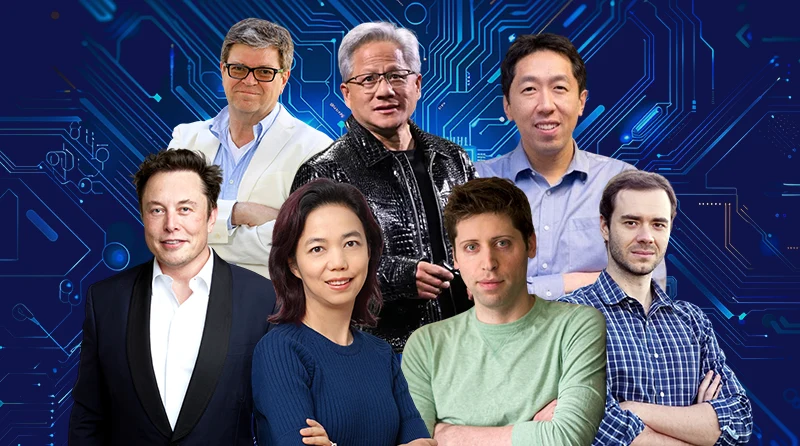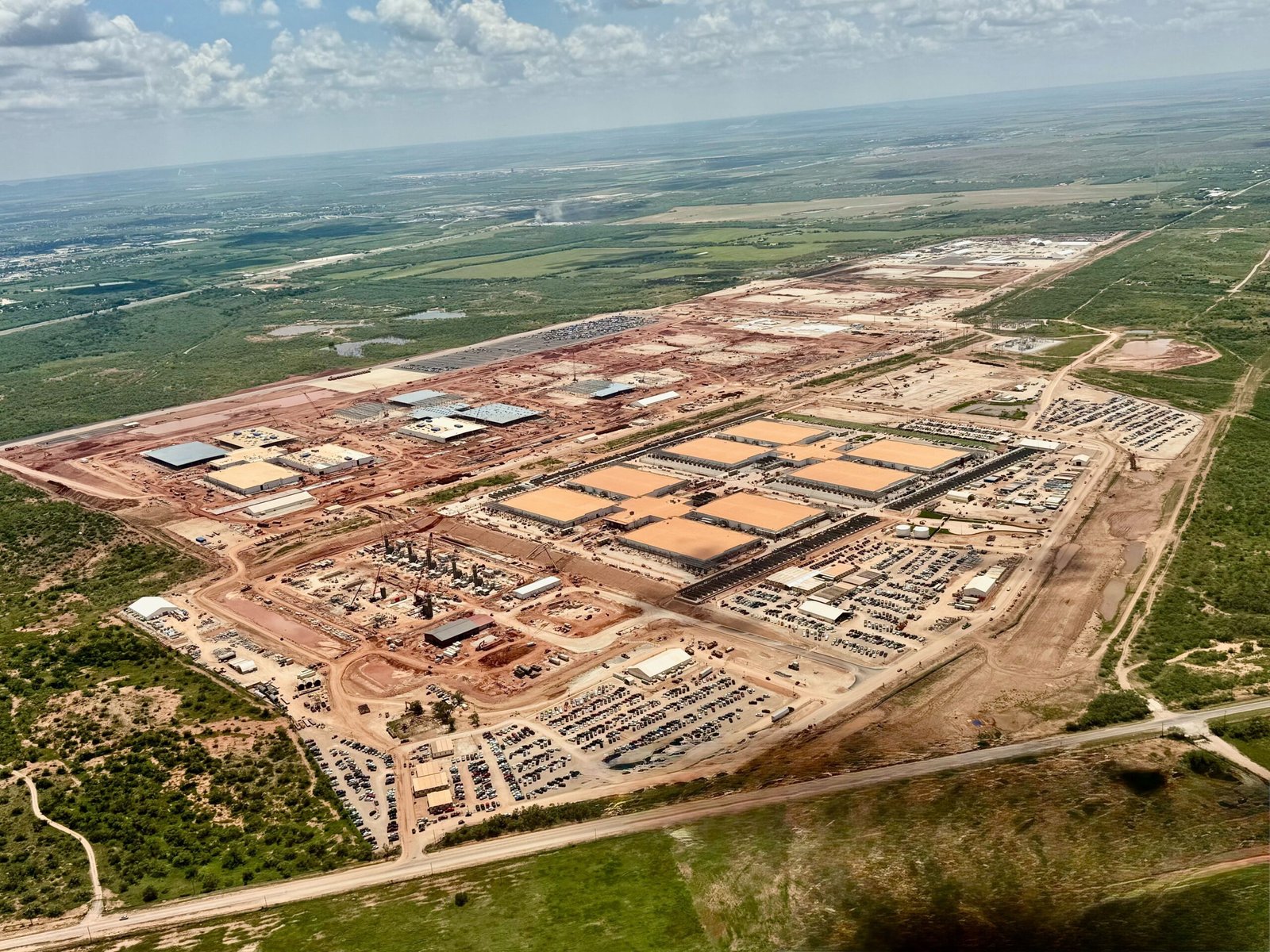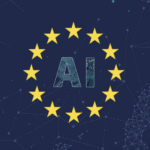Image Generation Enters a New Era: Introducing GPT-Image-1
OpenAI has once again expanded the frontier of artificial intelligence innovation by officially releasing the GPT-Image-1 model via its API. Following the resounding success of image generation in ChatGPT, where users created a staggering 700 million images in the first week, OpenAI now empowers businesses and developers to seamlessly integrate professional-grade image generation directly into their own platforms.
This move marks a major leap toward a future where creativity, automation, and personalization collide at an unprecedented scale.
GPT-Image-1: What It Brings to the Table
The gpt-image-1 model stands apart with its natively multimodal design, combining extensive world knowledge, stylistic versatility, and high-fidelity text rendering. Unlike earlier generation models, GPT-Image-1 is capable of:
- Producing highly detailed images across a wide array of styles.
- Following custom guidelines with impressive precision.
- Creating text-embedded visuals, a long-standing challenge for generative models.
- Enabling complex edits like object manipulation, background expansion, and stylistic transformations.
With these capabilities, OpenAI’s API is poised to revolutionize industries ranging from creative tools and e-commerce to education, gaming, and enterprise software.
Real-World Integrations: How Top Companies Are Leveraging GPT-Image-1
A wave of prominent companies and startups are already embedding GPT-Image-1 into their ecosystems:
- Adobe: Integrating OpenAI’s model into Firefly and Express apps, Adobe now offers creators a new level of aesthetic experimentation across different styles.
- Airtable: Enterprise marketing teams can now generate, remix, and localize campaign assets at scale, boosting creative workflows dramatically.
- Figma: Figma Design users can instantly create and edit images directly from prompts, enhancing rapid prototyping and visual iteration.
- Gamma: Helping users generate over 5 million AI images daily for presentations and websites, ensuring detailed visual consistency across projects.
- HeyGen: Revolutionizing avatar creation by enabling highly customizable, flexible avatar designs.
- OpusClip: Supporting 10 million YouTube creators in generating click-optimized thumbnails with personalized visual elements.
- Quora: Elevating user experience by adopting GPT-Image-1 as its default image generation engine.
- Wix: Empowering users to create professional-grade designs easily with AI-enhanced tools through its Wixel platform.
- Photoroom: Launching new tools like Product Beautifier and Virtual Model, transforming how small businesses create high-quality product visuals.
- Playground: Offering users more fine-grained control to edit, stylize, and embed designs into dynamic mockups.
These integrations underscore GPT-Image-1’s wide-ranging impact on creativity, business efficiency, and user engagement.
Upcoming Applications: What’s on the Horizon?
OpenAI is collaborating with additional partners to further expand GPT-Image-1’s utility:
- Canva: Exploring integrations that turn sketches into polished graphics and enable sophisticated visual edits within Magic Studio.
- GoDaddy: Experimenting with editable logos and marketing asset generation via its Airo® platform.
- HubSpot: Investigating ways to enhance marketing collateral creation, streamlining the production of social media and email visuals.
- Instacart: Testing recipe and shopping list image generation.
- invideo: Upgrading video creation workflows with enhanced text-to-image and style control capabilities.
As these partnerships mature, GPT-Image-1 could soon be embedded into everyday creative, marketing, and operational workflows globally.
Prioritizing Safety and Trust
Given the profound implications of mass image generation, OpenAI emphasizes that GPT-Image-1 operates under the same rigorous safety guardrails established for its GPT-4o model. This includes:
- Content filtering for harmful outputs.
- Strict guidelines around the generation of realistic human faces and copyrighted content.
- Ongoing transparency and improvements in safety protocols to foster responsible deployment.
You can learn more about OpenAI’s safety commitments here.
Final Thoughts
With the launch of the GPT-Image-1 API, OpenAI is not just offering a new tool — it’s opening a new era of visual creativity and automation. From startups to Fortune 500 companies, the model’s accessibility and power are set to transform industries at every level.
For businesses seeking to stay ahead, adopting AI-driven image generation is no longer optional — it’s an urgent strategic advantage.
To explore GPT-Image-1 and integrate it into your applications, visit the official API platform.


